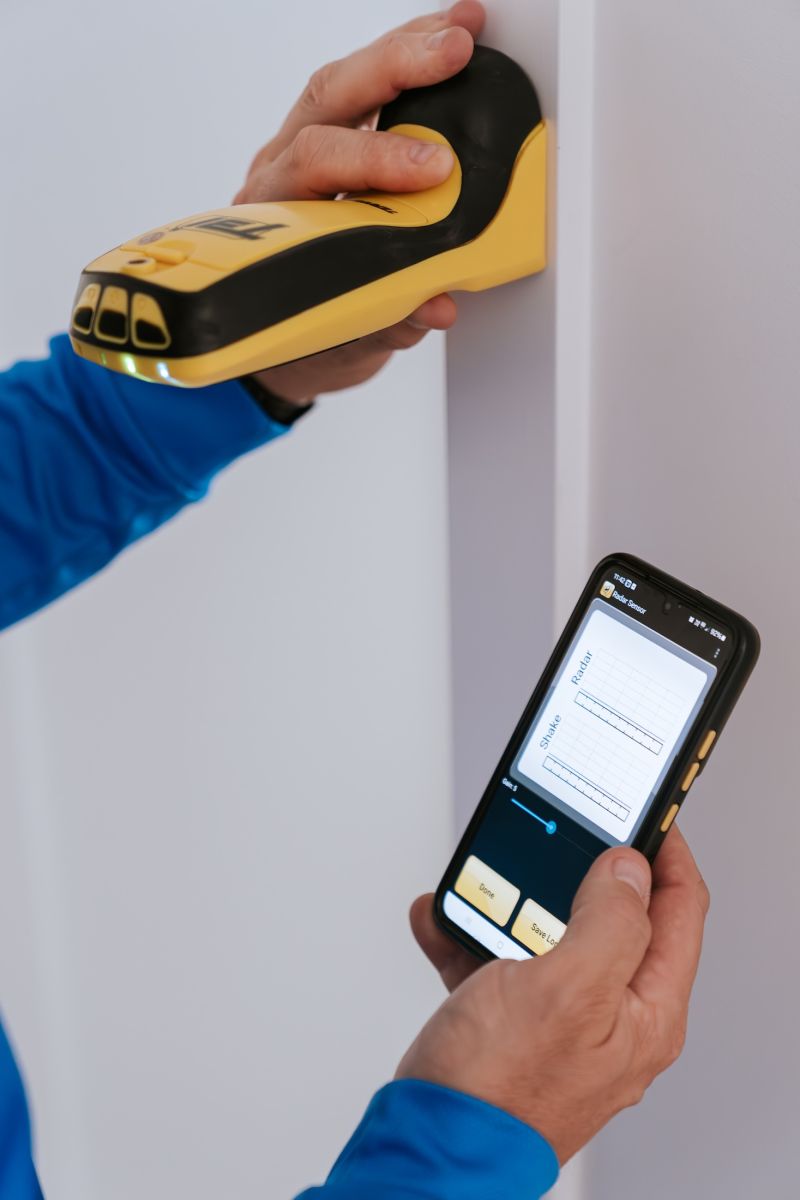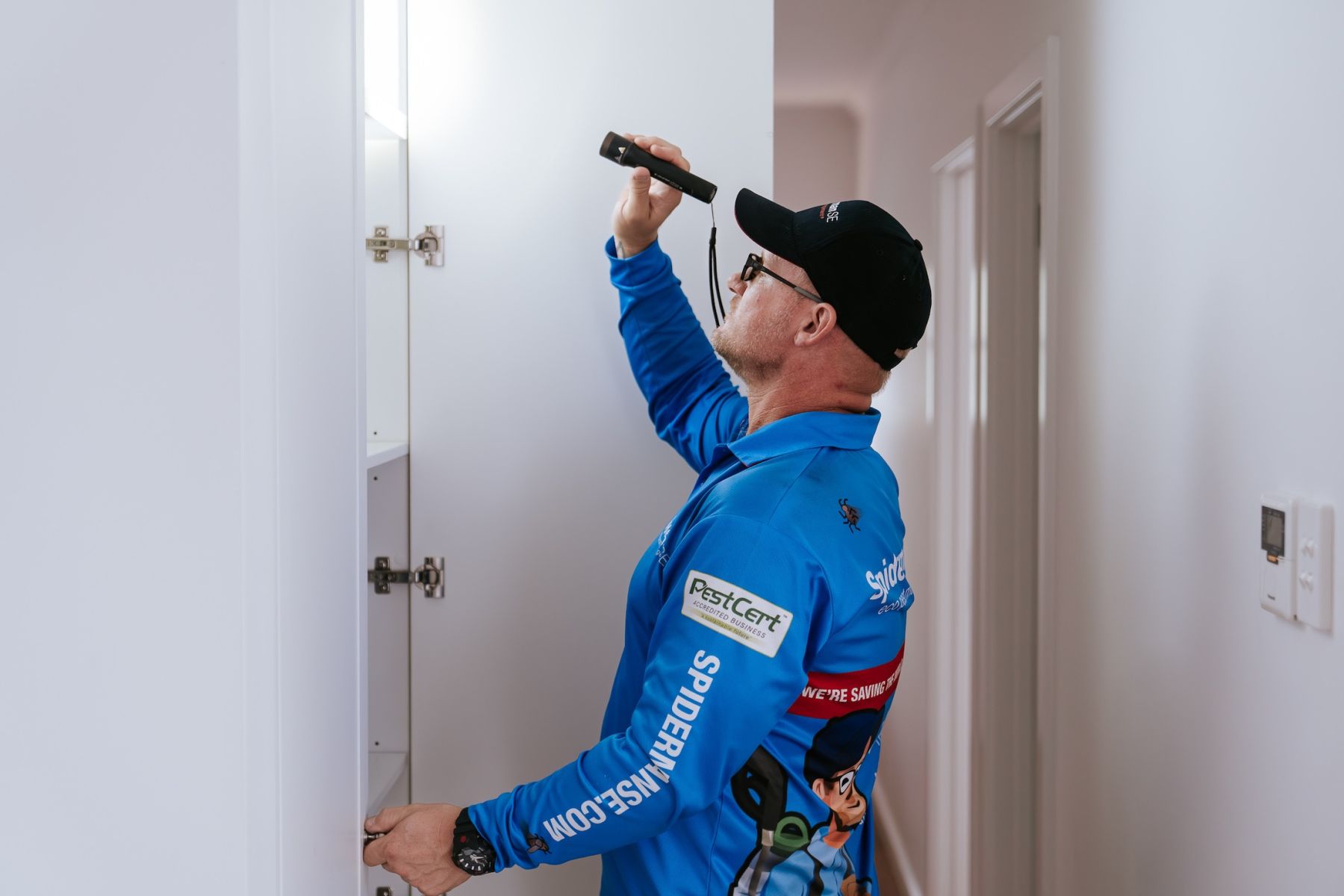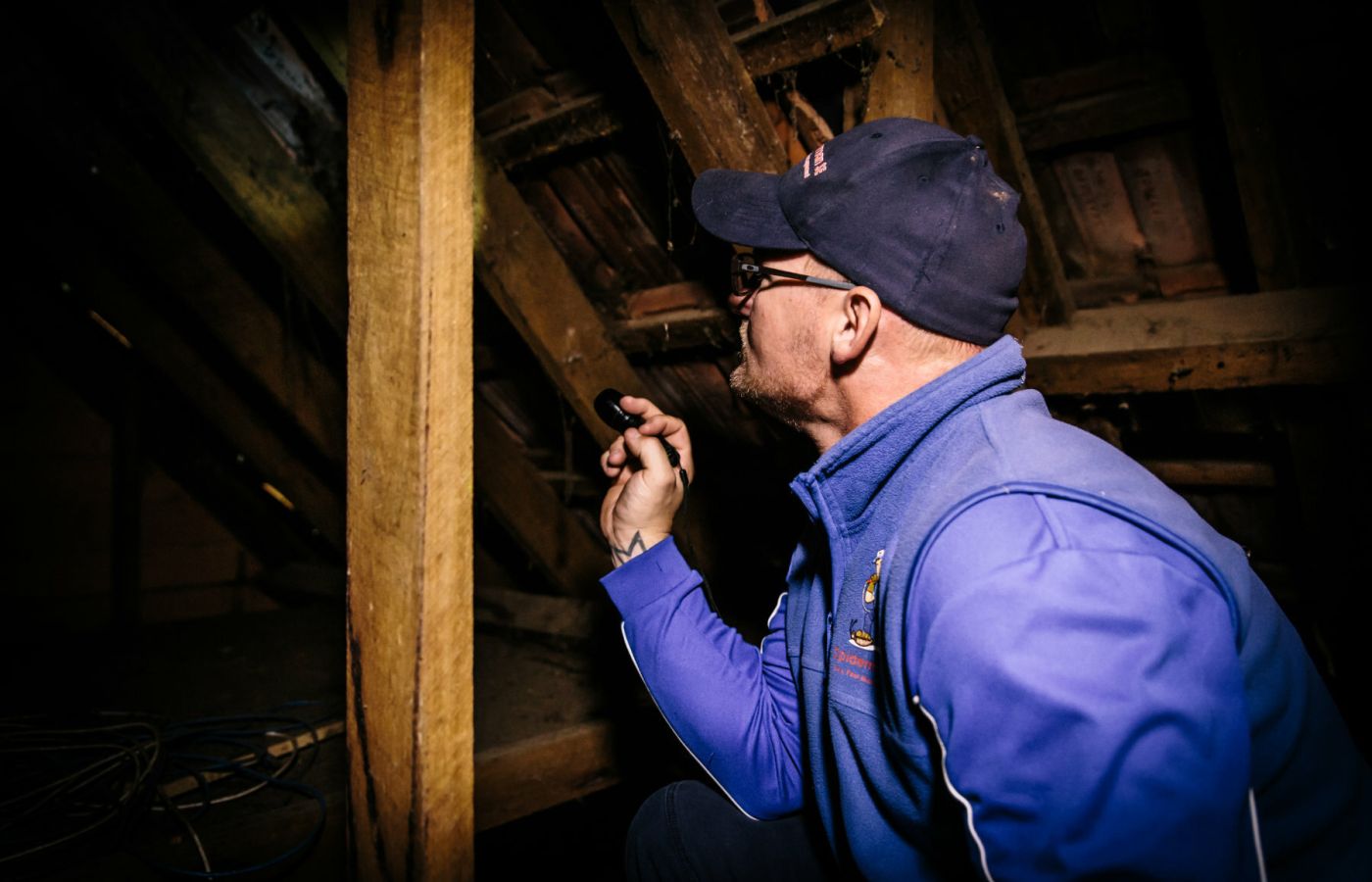
What Are Timber Borers?
Timber borers are the adult beetles whose larvae tunnel into wood, chewing their way through structural timber, furniture and sometimes even live trees. Their damage can be purely cosmetic, or—if left unchecked—seriously weaken the timber.
Some common culprits in our region include:
- Common furniture beetles (Anobium punctatum), often found in older timbers, leaving 2 mm round exit holes and fine powdery frass.
- Powder-post beetles, which prefer hardwood sapwood and can damage flooring, furniture and weatherboards.
- Eucalypt longicorns (Phoracantha species), which target live or plantation eucalypts, leaving frass-packed cracks, exit holes and causing dieback.
Signs You Might Have Borers
Keep an eye out for:
- Small, neat round exit holes in timber
- Fine, powdery dust (frass) near the holes
- Wood that feels soft, crumbly or weakened
- For trees: frass at the base, “toothpicks” of frass from bark, sap oozing, wilting foliage
Other timber pests like termites or wood decay fungi can cause similar damage, so a full Termite and Timber Pest Inspection is the best way to confirm what’s going on.
Can Borers Cause Structural Damage?
Yes, they can—especially if certain species remain inside the wood for years. Infestations left untreated can lead to structural problems in flooring, architraves, roof timbers and other key areas of your home.
The Best Way to Deal With Borers
In most cases, the most effective solution is to replace the affected timber. If the damage is localised—like a single floorboard or architrave—removing and replacing that section will remove the problem. Small items can sometimes be salvaged using controlled freezing or localised heat.
Chemical treatments are generally ineffective for existing infestations. Insecticides may kill adults as they emerge, but they don’t reach the larvae tunnelling deep inside the wood. That’s why we don’t recommend relying on chemicals to solve a borer problem.
We also don’t offer fumigation for borers—it’s rarely needed in residential properties and is often not a practical option.
Preventing Borers in Your Home
Borers are attracted to damp, untreated or unsealed timber. You can reduce your risk by:
- Keeping timber dry and well-ventilated
- Sealing and painting exposed timber
- Avoiding direct timber-to-soil contact
- Booking regular pest inspections to catch issues early
Think You Might Have Borers?
If you’ve spotted suspicious holes, frass, or weakened timber, the first step is proper identification. We recommend booking a full Termite and Timber Pest Inspection so we can confirm what’s happening and give you clear, practical advice.
Get in touch today to arrange an inspection at a time that suits you.
Because at Spiderman SE Eco Pest Management, we’re not just in the pest control business—we’re in the business of protecting homes, families and our community. And yes, we’re saving the world one pest at a time.
Think you’ve got borers? Book your timber pest inspection today and get peace of mind.
Call Spiderman SE – we’ll sort it out, no fuss.
FAQs
Look for small, round exit holes in the timber, fine powdery dust (frass) near the holes, and wood that feels weakened or damaged. Other timber pests, like termites or wood decay fungi, can cause similar problems, so a full Termite and Timber Pest Inspection is the best way to confirm what’s going on.
Yes. Some borer species only spend a short time in timber, but others can remain for years, slowly weakening it. If left untreated, this can lead to structural issues in flooring, architraves, roof timbers and other key areas of your home.
In most cases, replacing the affected timber is the best fix. If the damage is localised (like a single floorboard or architrave), removing and replacing that section will eliminate the problem. Small items may sometimes be treated with freezing or localised heat.
No. Chemical treatments generally don’t penetrate deep enough to kill the larvae inside the wood. Insecticides may kill adult borers as they emerge, but they won’t stop the damage already happening inside.
No. Fumigation is rarely necessary for residential properties. Replacing affected timber is almost always the most effective and practical solution.
Borers are attracted to damp or untreated timber. Keeping your timber dry, well-ventilated and sealed will help. Avoid direct timber-to-soil contact and book regular pest inspections so any issues can be caught early.
Book a full Termite and Timber Pest Inspection with Spiderman SE. We’ll identify the problem and give you clear, practical advice on the best course of action.


